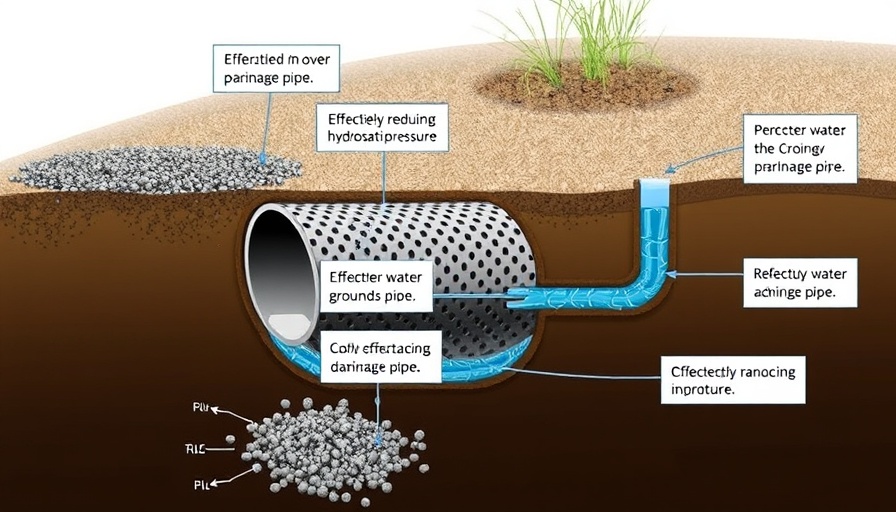
Understanding Hydrostatic Pressure and Its Impacts
Hydrostatic pressure remains a crucial concern in the realm of construction, particularly when erecting structures like stone walls. This phenomenon occurs when water exerts force on a surface, leading to potential damage if not managed adequately. For homeowners and builders, understanding hydrostatic pressure is vital, as insufficient drainage can compromise the longevity and stability of a wall. With the right solutions, however, this potentially damaging force can be effectively alleviated, leading to stronger and more durable constructions.
The Role of Perforated Pipes in Construction
One innovative solution is the installation of perforated pipes. These are specifically designed tubes with small holes or slits that enable water to drain efficiently. By placing them strategically around the foundation of a stone wall, builders can significantly reduce the amount of hydrostatic pressure exerted against the wall. This mechanism allows groundwater to escape rather than build up, protecting the integrity of the wall over time.
Benefits of Using Perforated Pipe Systems
Employing perforated pipe systems not only minimizes water pressure but also has broader implications for building health. Here are some highlighted benefits:
- Prevention of Water Damage: Reducing hydrostatic pressure decreases the chances of water seeping through cracks, which can lead to further structural damage, mold growth, or pest infestations.
- Cost-Effective Solution: Implementing a perforated drainage system is often less expensive than extensive repairs resulting from water-related damages.
- Environmental Sustainability: Proper drainage systems promote healthier soil, preventing runoff and thereby protecting local ecosystems.
Integrating Innovative Technologies for Better Outcomes
The integration of technologies such as automated drainage sensors and smart monitoring systems can enhance the effectiveness of perforated pipe installations. These technologies provide real-time data on moisture levels, ensuring that water is efficiently managed even before it poses a risk. The future of construction may very well depend on how we utilize these technological advancements to tackle traditional construction challenges.
Alternative Strategies for Managing Water Pressure
While perforated pipes are effective, they aren't the only method to combat hydrostatic pressure. Other promising strategies include:
- French Drains: Similar to perforated pipes, French drains can redirect water away from the foundation.
- Grading and Landscaping: Adjusting the landscape to direct water flow away from walls can greatly reduce hydrostatic build-up.
- Waterproof Membranes: These can be installed on the exterior of walls to provide an additional barrier against moisture penetration.
Take Action to Protect Your Investments
Ultimately, understanding and addressing hydrostatic pressure through innovative solutions like perforated tubes is essential for long-lasting construction. Homeowners considering new installations or facing moisture issues should consult with experts to evaluate their specific situations and determine the best protective measures. Investing in effective drainage solutions minimizes risks while ensuring the durability of stone walls and other structures.
 Add Row
Add Row  Add
Add 






Write A Comment